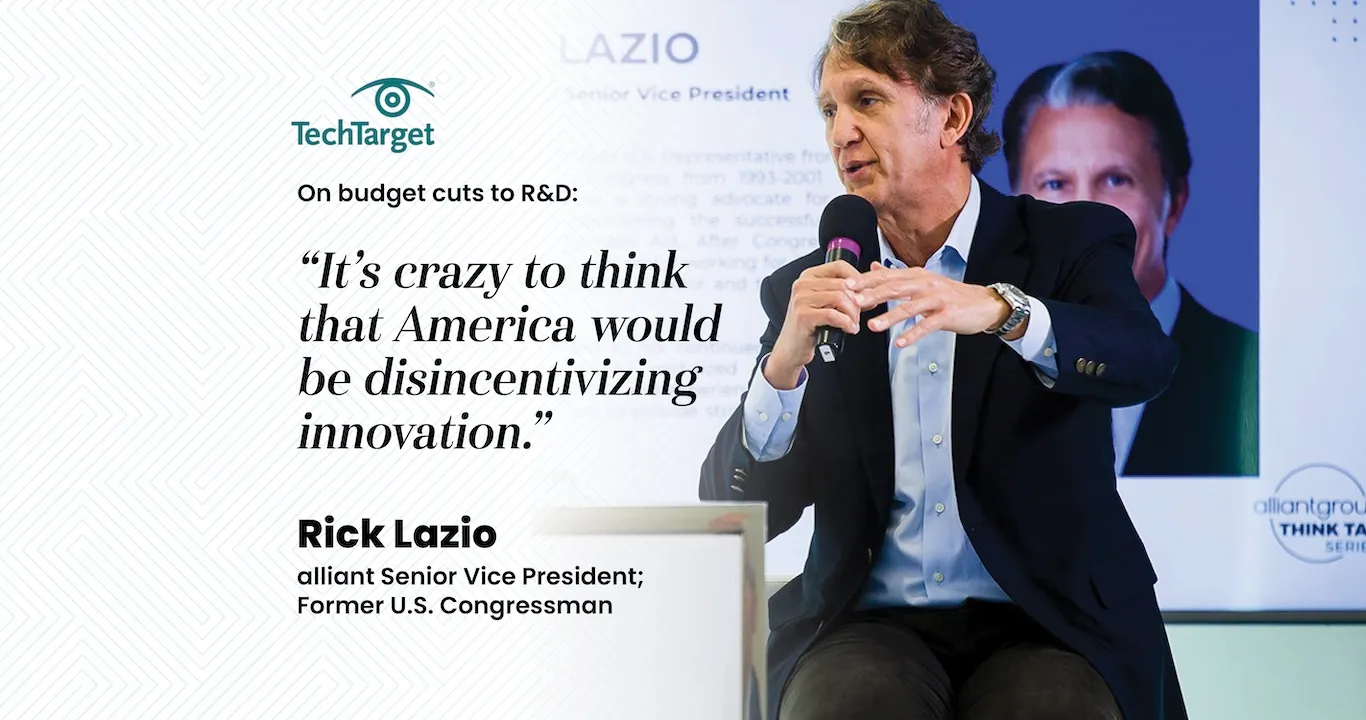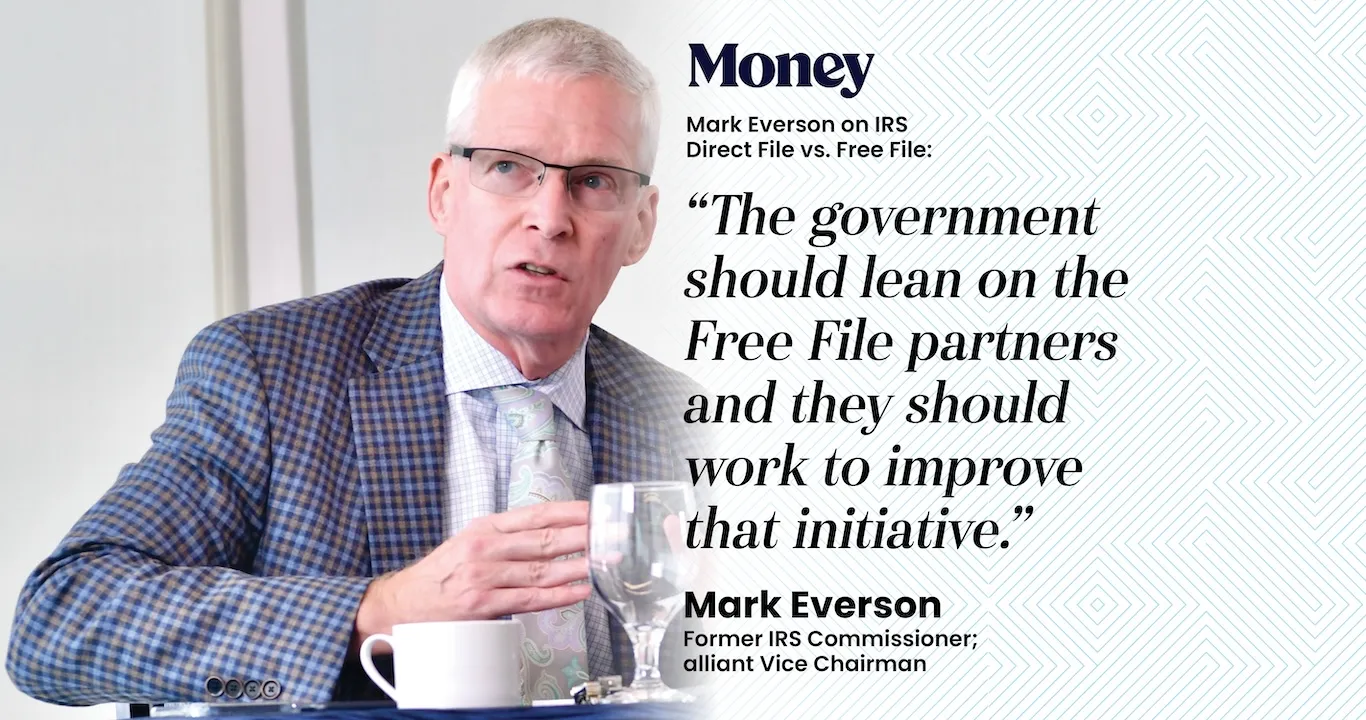PUBLISHED IN
Quotes from Darren Guillot, Former IRS Commissioner of the Small Business Division; alliantgroup National Director
If you have any questions about this article, please send us a message.

“Among the taxpayer rights, I’ve always thought the right to be informed was one of the most important — if not the most important — rights,” he said. “So, I think those reminders are important, and we needed to get them started again.”
Guillot highlighted 2015 research by the Taxpayer Advocate Service on the “collectibility curve,” which concluded that the IRS’s best chance of collecting a tax debt is in the first year after it’s assessed. After that, the odds of doing so plummets dramatically.
Werfel acknowledged that research, but he argued it wouldn’t necessarily apply here. “I think that analysis captures years of more traditional tax administration and traditional economic situations,” he told reporters during a December 19 briefing. In contrast, the disruption created by the pandemic is unprecedented, he said.
Klitzner also said he thought that this resumption will be different, despite coming nearly two years after a tax debt has been assessed for some taxpayers. He noted that unlike in this pandemic pause, taxpayers in the TAS study would’ve received steady reminder notices; in this case, taxpayers wouldn’t have been under any pressure to pay.
“Much of the time, taxpayers, if they’re not getting bothered or getting bills, they don’t pay,” Klitzner said.
Guillot also praised the decision to start the resumption effort with the LT38 letter as a “very smart move.” Taxpayers who haven’t heard from the IRS in nearly two years shouldn’t just receive a boilerplate notice out of the blue. Instead, inviting them first to reengage with a soft letter that contextualizes the situation and gives them meaningful ways to resolve their tax debt should be more effective, he said.
Opening the Floodgates
A big question for the agency as it resumes its collection activity is whether the IRS Collection operation will be ready to handle the volume of taxpayer requests for payment plans or to make the case for a hardship exemption to pay a reduced tax debt.
A looming pressure to get this effort off the ground sooner rather than later is the 2024 filing season, Guillot observed. “Calibrating the cadence of these notices is going to be important,” he said, explaining that the IRS will aim to maintain the highest level of phone service possible to avoid discouraging taxpayers who can’t reach the agency from paying their tax liabilities.
The level of service is certainly on Werfel’s mind. “If there’s anything that keeps me up at night, it’s hearing that a taxpayer tried to get through to the IRS and couldn’t,” he said. “We are absolutely laser focused on making sure that we are as easy to reach as possible.”
Fortunately, IRS Collection is in better shape now than it has been in years, according to Guillot. He noted that the automated collection system’s level of phone service in 2023 averaged 54 percent, far higher than in recent years when it hovered around 30 percent. That high level of service likely played a role in IRS Collection collecting more total enforcement revenue than it has in any other year, despite the automated collection notice pause, he said.
“The single most prominent source of that increased revenue came from businesses and individuals paying upon receiving their first notices from IRS,” Guillot said.
The IRS has taken steps to make self-service options increasingly available, Guillot said, pointing to the launch of voice bots that taxpayers can use to set up an installment agreement without having to talk to a customer service representative, as well as the addition of QR codes on notices that direct taxpayers to online payment options.
It’s also unclear what role, if any, the private tax debt collectors used by the IRS will have in the resumption of collection activities, but Guillot said that by law, those private collection agencies can work cases that are more than one year old. Including them in some way to maintain a high level of phone service would be an “acceptable alternative,” he suggested.
Featured Leadership

As an alliantgroup trusted tax advisor and consultant, Mr. Guillot assists small and medium-sized businesses navigate America’s tax system to secure incentives and credits that stimulate innovation and improve products and services. He also serves them as an expert resource resolving complex compliance and appellate controversies.
Mr. Guillot recently retired from IRS after 36 years with the agency. From 2019 – 2023 he served as Commissioner of the IRS’ Small Business/Self Employed Division, overseeing all IRS domestic and international Collection Operations and its Operations Support functions. He also led the creation and oversight of IRS’ Fraud Enforcement Office, providing support and coordination for all IRS efforts in detecting and deterring tax fraud – including leading the most expansive and innovative use of data and systems analytics to address virtual currency by the civil functions of the IRS. While designated Commissioner, SBSE (2021 – 2022) he led IRS’ groundbreaking, successful effort using authenticated voice robotics, eliminating phone hold times for over 14 million taxpayers in less than two years.



